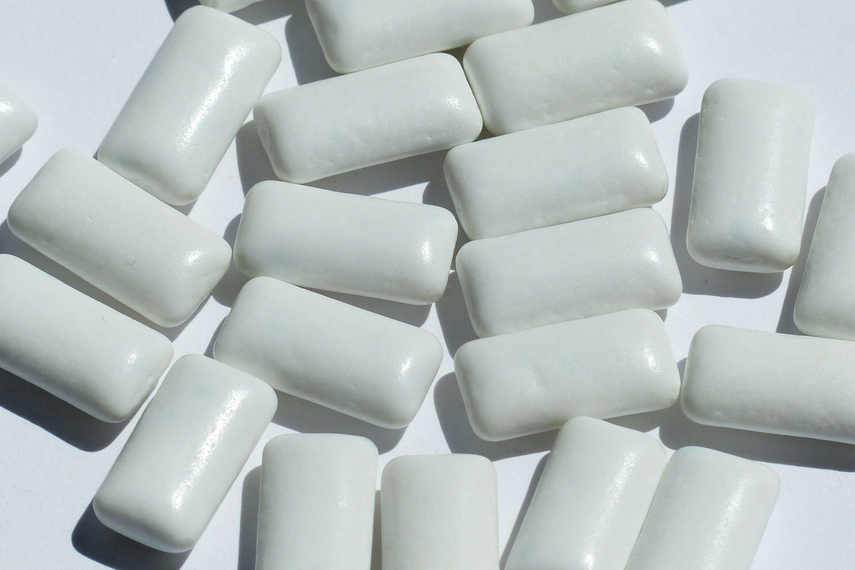
Since the 1960s, retailers have been stocking the checkout lines with impulse items to entice shoppers into giving into their three major consumer desires. Marketers identify these as the need for refreshment (solved with chewing gum and mints), the need for rewards (chocolate, hard candy), and the need for reminders (aided by batteries and lip balm).
A 2012 study by the Food Marketing Institute titled "Optimizing Front End Checkout Merchandising", found that impulse sales at the checkout lane constituted $5.5 billion in retail revenue, roughly 1 percent of supermarket sales.
All was good with the world.
But now confectionery businesses are facing a pushback from ecommerce and self-checkout lanes. The absence of shelving space at the latter offline channel doesn’t help the matter, prompting confectionery items to fight for slotting fees and compete with a complementary presence in the oral care and OTC consumer healthcare aisles.
The change, disruption as some call it, has seen the chewing gum market experience an 8 percent drop in sales, while the bubble gum segment of that category has lost 40 percent of its sales volume, according to Euromonitor. Aside from the revisited shopper marketing tactics cited above, brand marketers we spoke to have suggested the placement of vending and displacement machines near shopping trolley stations as well as parking lots.
“There’s still time to become a contender on ecommerce, but the buyer model will have to change,” suggests Danish Ayub, CEO of MWM Studioz. “Impulse marketers need to start offering their products at bulk from an occasion-based perspective to offset the cost of fulfillment. They also need to be proactively present at those events. So place your dispensers in the waiting lounge at the airport, where there is a clear need for chewable's before a flight.”
In the APAC region, local modern trade retailers frequently offset spare change with impulse confectionery items, with shoppers accepting the currency substitute to avoid holding up the line and to exit the store. While it's a negative pressure tactic, retailers we spoke to praised its effectiveness.
"We encourage our brands to also consider the e-checkout process and reimagine the ePOS tactics for more creative ways to induce impulse online," posits Cheska Teresa, a client director at Lion & Lion. "Many e-commerce players are already doing this with prompts at the e-check-out (where price deals are key), suggestions of 'frequently bought together' items and special bundles which can all trigger the same impulse." She also believes that trade marketers must consider other planned purchase opportunities, such as gifting occasions, to drive sales.
"Wrigley’s tried installing LED-equipped merchandising in 40 shops in France, which led to a 15 percent boost in sales," said Teymour Bourial, an INSEAD-trained marketing consultant. He suggested that one of the reasons impulse purchase frequency has decreased is because "people now browse their smartphones while queuing for checkout, instead of looking at what is around them." Bourial recommends that brand marketers view this behavior as an opportunity to "push location-based targeted advertisements and/or to piggyback the retailers’ apps and push chewing-gums through it."
Similarly, Amazon’s Dash buttons could be a great tool for the category.
To remain competitive, marketers charged with impulse category leaders will need to consider rationalizing product portfolios. The focus on innovation of the past two decades made it really hard for consumers to navigate through the category, plus it most likely increased logistic and production costs. In order to increase expenditures on frequency-first projects and experiments, savings could be made at that level.




.jpg&h=334&w=500&q=100&v=20170226&c=1)



.jpg&h=334&w=500&q=100&v=20170226&c=1)










